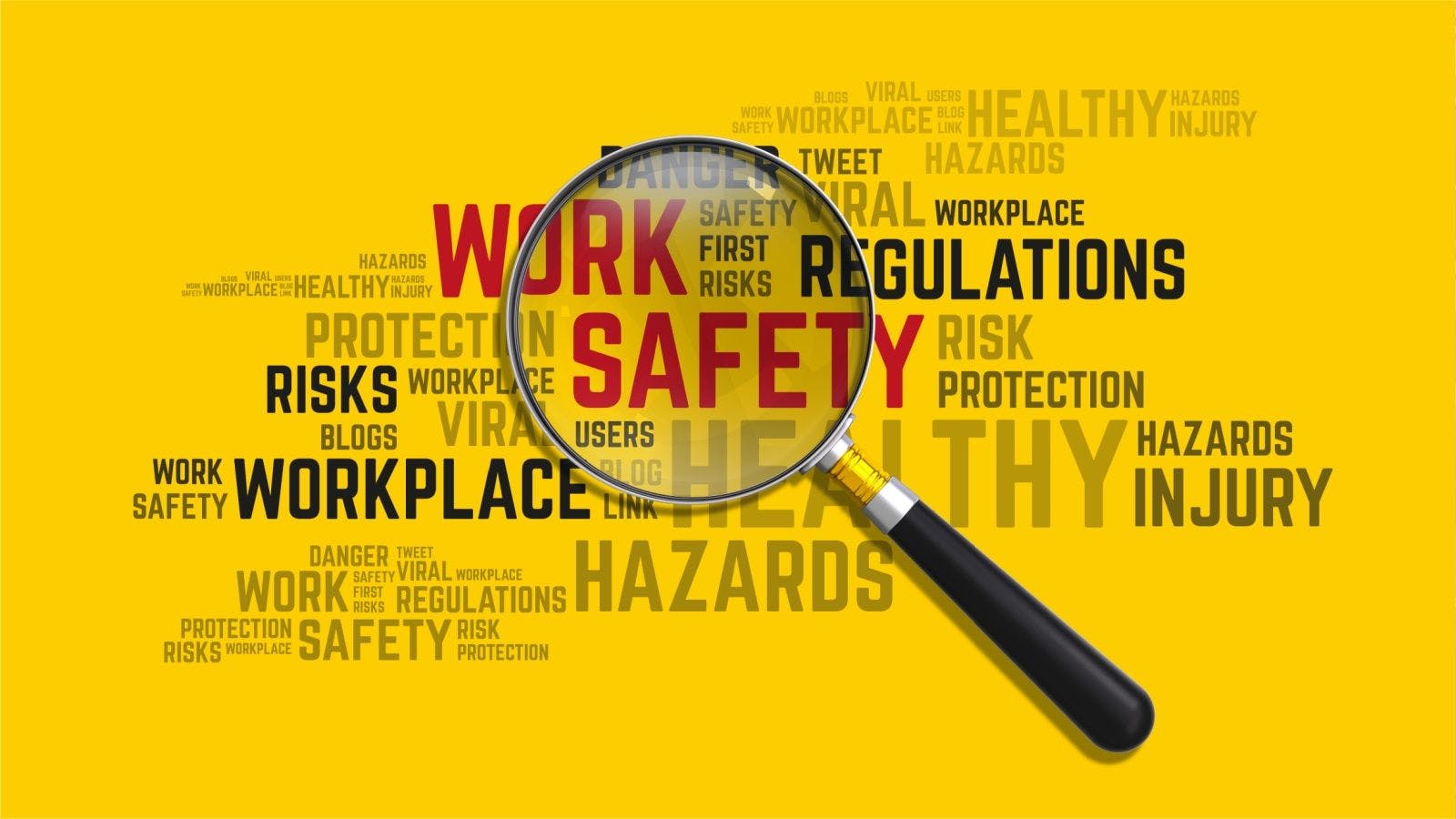
Seven Misconceptions of Project Collaboration
Project collaboration refers to both interpersonal relationships and the use of technology to provide real-time access to documentation and workflows. True collaboration makes projects more transparent and provides the team with information necessary to evaluate risk, facilitate timely decision-making, update and track communication, and store project documents.
Following are seven common misconceptions about project collaboration, along with suggestions for improving the likelihood of achieving it.
Collaboration Will Happen Naturally
Project teams typically are composed of a group of strangers with competing interests and who may never work together again. With that in mind, it is helpful to provide training at the outset of the project on the best practices for communication (both email and formal written notices), building trust and solving problems in a collaborative environment.
The Owner Doesn’t Have a Role
Some may think it’s more about the designers and contractors getting along, and that any issues impacting a change in scope, schedule or cost cannot be
resolved without the owner’s active participation. In reality, all members of the project team must communicate to achieve effective collaboration.
Document Management Software and Automated Workflows Guarantee a Successful Project
The use of BIM or construction document software does not automatically lead to success. All project team participants must establish trust and a respectful working relationship, commit to a common vision, communicate transparently, take an active role in decision-making and create an overall project culture that supersedes the individual culture of each organization.
Standard Workflows in Collaboration Software Are a One-size-fits-all Solution
Every project is unique. Customization is available to match the workflow to the needs of the project team, and workflows should be tailored to the specific project. Additionally, training and ongoing monitoring is necessary to identify bottlenecks and ensure that the records are progressing through workflows to completion as intended.
Software Will Make It Easy to Find Project Documents
It is important to plan how, where and what project documents will be stored. A standardized document naming matrix and an organizational structure should be created at the outset of the project. Provide the training necessary to standardize the name and location of documents across all users. In the absence of training and appropriate governance, users will make varied choices resulting in information chaos.
Project Records Generated by Automated Workflows Will Always Be Timely, Accurate and Complete
Sometimes the system may be flooded with unimportant tasks. Some documentation may be overlooked or ignored. Some tasks may not be pushed to completion. Making changes may be too easy and create the risk of error.
Effective Collaboration Yields No Project Disputes
Effective collaboration does not mean that the owner says yes to all contractor requests or that disagreements never occur. Unexpected events, changes, delays and other issues arise on all projects.
Effective collaboration means that the project team is better equipped to communicate transparently regarding any issues in dispute and is in a better position to resolve the issues in a timely manner and in accordance with the governing contracts. It is essential that the team engages with each other as early as possible in the project life cycle, understands the other team members’ perspectives, and shares the same vision and goals.
Related stories








